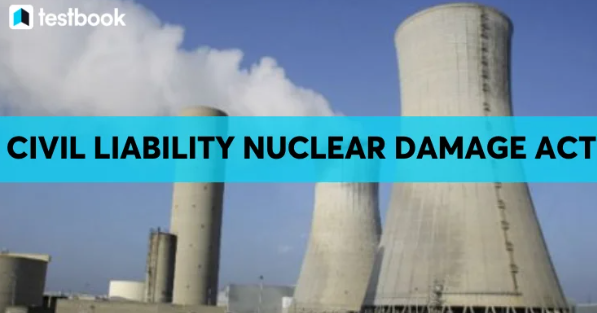Part 1 of 2 Parts
India has talked for decades about making nuclear power a centerpiece of its energy strategy but has made little real progress to date. This year’s federal budget tackled some of the thorniest issues standing in the way of nuclear power expansion. Is nuclear power finally going to get its moment in the world’s most populous nation?
Narendra Modi’s political party won local elections that put it in charge of India’s national capital region for the first time in twenty-seven years. Modi is now the Prime Minister.
India enacted the stringent Civil Liability for Nuclear Damage Act (CLNDA) in 2010 to provide a quick compensation mechanism for victims of a nuclear accident. The Act establishes a strict and no-fault liability for nuclear plant operators. This means that they are liable for damage regardless of fault. However, the operator of the nuclear installation, after paying compensation for nuclear damage shall have the right to recourse if the nuclear incident was caused by the act of a supplier or his employee, which includes supply of equipment or material with patent or latent defects or sub-standard services. Recourse is also available if the nuclear incident has resulted from the act of commission or omission of an individual done with the intent to cause nuclear damage.
The nuclear operator had to maintain a financial security to cover its maximum liability of one hundred and eighty million dollars for civil nuclear damage and the operator had to cover liability through insurance or other financial security.
In case the damage claims exceeded one hundred and eighty million dollars, the gap would be bridged by the Central Government. The government liability amounted to about two hundred and seventy-seven million dollars.
India breathed new life into its decades-old nuclear power ambitions this month when its annual budget proposed amending the stringent liability laws detailed above to permit private investment in the sector – including from foreign companies.
Prime Minister Narendra Modi is expected to discuss nuclear investments by U.S. companies in his meeting with President Donald Trump this week. This is part of a likely packed agenda covering tariffs, arms sales and Indian deportees from the U.S.
India is the world’s fastest-growing major economy and third-largest greenhouse gas emitter. India has said it wants to meet its power needs and carbon reduction targets in part by expanding nuclear power capacity to one hundred gigawatts over the next twenty years, more than twelves times the current eight GW.
However, India’s drive for nuclear power, repeatedly blocked over the years by legal hurdles and a lack of investment, still faces some politically difficult legislative wrangling, as well as the potential for public protests, which have erupted in the past.
Energy think-tank Ember said, “This goal will require significant legislative reforms, particularly to enable private-sector participation through amendments to the Atomic Energy Act and the Civil Liability for Nuclear Damage Act.”
India’s nuclear push coincides with a global realignment of carbon reduction strategies. The number of nuclear projects under construction globally is approaching its highest in thirty years with more than forty countries including Indonesia and the Philippines planning to start or expand nuclear power generation.
Civil Liability for Nuclear Damage Act
Please read Part 2 next
Nuclear Reactors 1477 – India Is Working On Major Expansion Of Nuclear Power – Part 1 of 2 Parts

